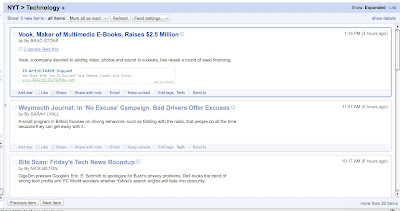The Yankees, Mets, Red Sox, Dodgers, Cubs, and Angels top Forbes's 2009 list of most valuable baseball franchises. Not coincidentally, these teams play in the nation's biggest cities (with the exception of Boston).
Owning a baseball team is most lucrative in a big city. The team attracts more fans, who pay higher ticket prices and buy more merchandise, which allows the team to afford top free agents, which leads to more winning, which leads to more intense fandom, and on and on in a virtuous cycle.
Why does the rest of the league let the Yankees and Mets have a monopoly on New York City and the resource advantages that come with it? One could imagine a law of one price scenario, in which teams move into New York and dilute the revenue base there until owning a team in New York is no longer more profitable than owning one in the next-best city.
Of course, things don't work quite that mechanically. The Yankees' storied history (27 titles and too many legendary players to list) would help them retain a large majority of the New York market against the likes of the Queens Marlins or the Staten Island Athletics. Also, it's doubtful that the league would allow so many teams to move to an existing market (remember the stink that Baltimore Orioles owner Peter Angelos put up when the Montreal Expos moved to D.C. before the 2005 season?).
Owning a baseball team is most lucrative in a big city. The team attracts more fans, who pay higher ticket prices and buy more merchandise, which allows the team to afford top free agents, which leads to more winning, which leads to more intense fandom, and on and on in a virtuous cycle.
Why does the rest of the league let the Yankees and Mets have a monopoly on New York City and the resource advantages that come with it? One could imagine a law of one price scenario, in which teams move into New York and dilute the revenue base there until owning a team in New York is no longer more profitable than owning one in the next-best city.
Of course, things don't work quite that mechanically. The Yankees' storied history (27 titles and too many legendary players to list) would help them retain a large majority of the New York market against the likes of the Queens Marlins or the Staten Island Athletics. Also, it's doubtful that the league would allow so many teams to move to an existing market (remember the stink that Baltimore Orioles owner Peter Angelos put up when the Montreal Expos moved to D.C. before the 2005 season?).
Of course, history has proven that even New York City couldn't handle three teams, when the Brooklyn Dodgers and New York Giants left for California in 1958 (incidentally, both now have to compete with nearby American League teams). Four years later, the Mets began play, and in the nearly five decades since, they have yet to catch up to the Yankees in terms of a fan base, franchise value, or on-field success.




















